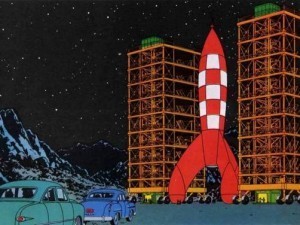More than a decade ago the Cassini probe entered orbit around Saturn. It was a risky mission. We had never orbited such a distant planet, which meant there was plenty to go wrong. Cassini also carries a companion probe, known as Huygens, which had a mission to land on Titan. Cassini has been a remarkable success, and has given us an unprecedented view of Saturn and its moons. But now the aging spacecraft is running out of power, so it’s time for Cassini to have one last mission.
It would be easy to let Cassini simply run out of power, letting it drift around Saturn like a cold rock. But some of Saturn’s moons, such as Enceladus, have conditions that could be suitable for life. If Cassini were to crash on a moon hundreds of years from now, there’s a small chance it could contaminate it with terrestrial life. So a better option is to bring it into a close orbit with Saturn, eventually letting the spacecraft burn up in Saturn’s atmosphere. This is the idea behind the Grand Finale mission.

Several orbits will take Cassini between Saturn and its rings. Credit: NASA / Jet Propulsion Laboratory – Caltech / Erick Sturm
During the Grand Finale, Cassini will pass between Saturn and its rings several times. It’s a tricky maneuver, since the gap between planet and rings is small on an astronomical scale. It’s also a region where no spacecraft has ever explored, so we aren’t entirely sure what to expect. For example, as Cassini passes between the rings and Saturn, the gravitational tugs of both will shift Cassini’s orbit slightly. The amount of shift will let us calculate the mass of Saturn’s rings. We have a basic idea of the rings’ mass, but this will give us a far more precise answer. It will also give us a view of the inner region of Saturn’s ring system, which we haven’t had yet. If Cassini survives all the way into Saturn’s atmosphere, we could also get a better understanding of Saturn’s composition.
This is a high risk mission, and it’s possible that Cassini will fail to complete it. That’s why it hasn’t been tried until now. But Cassini has reached a point where it has little to lose, and a Grand Finale now holds a lot of promise.










